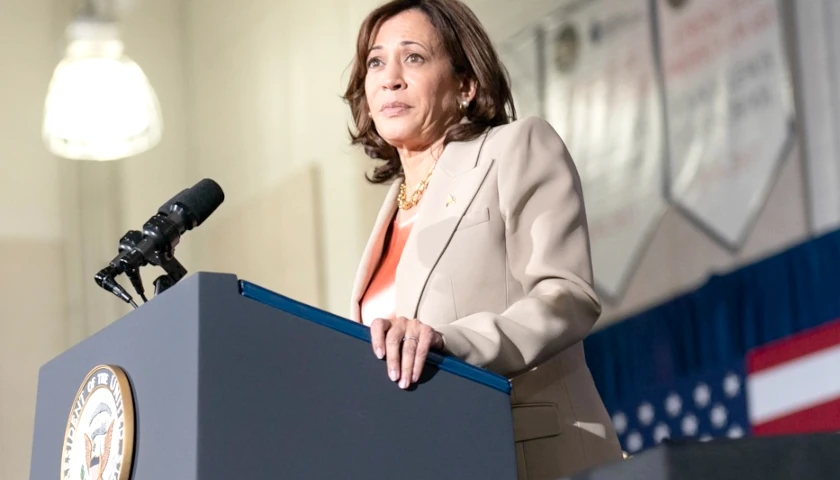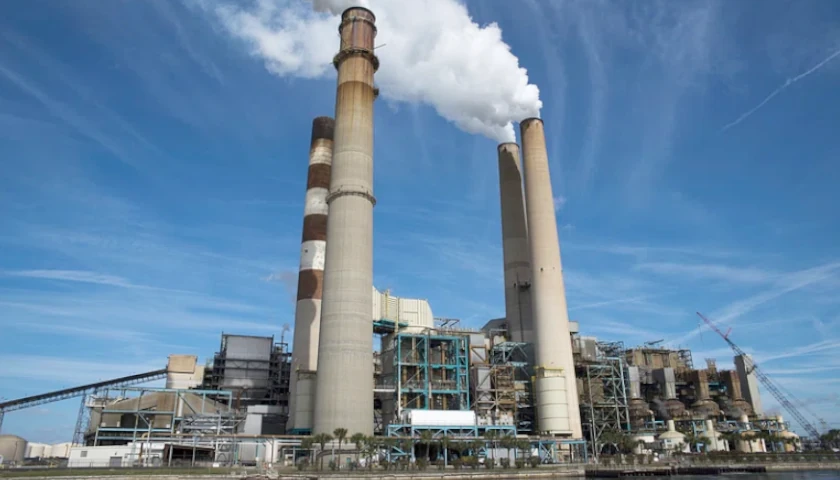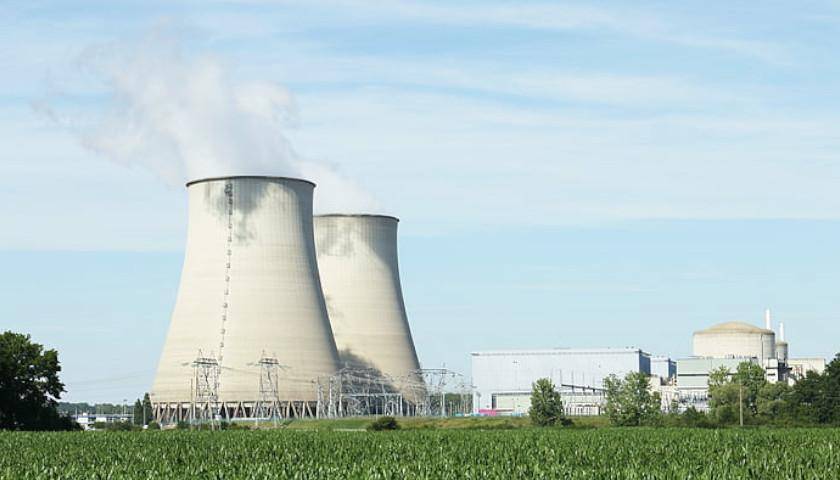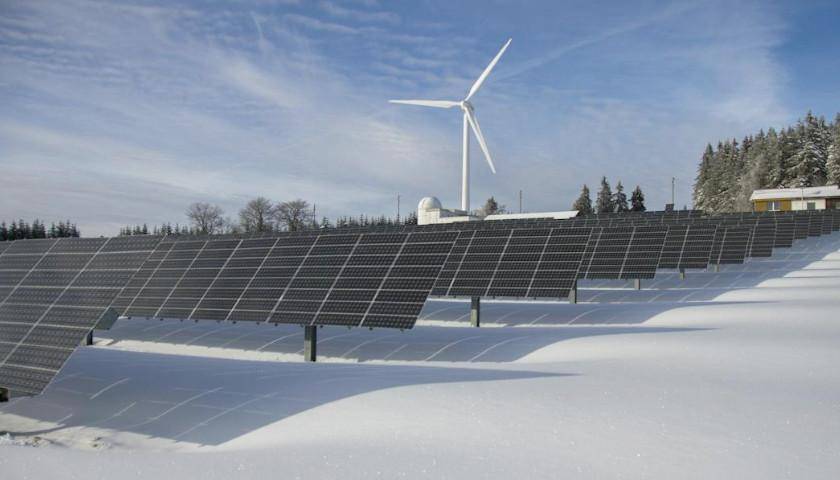Events over the past months have exposed a very stark divide between the globalist, collectivist, “woke” authorities of Europe and the Make America Great Again (MAGA) patriot movement here in the United States. To be frank, it is almost as if the snide, effete elitists who control the nations of the European continent want to rub our noses in their horror show.
Read MoreTag: climate crisis
Kamala Harris Makes Several About-Faces on Key Policies as She Maneuvers to Face Donald Trump
In the weeks since Vice President Kamala Harris became the presumptive Democratic nominee, the California politician has shifted her policies—sometimes quietly, even under the radar —on key issues to distance herself from her liberal past.
White House officials told Politico that these shifts are part of a strategy to undermine the argument that she is a leftist politician, a reputation they believe stems from the positions she took in the 2020 Democratic primary, but which they say do not truly represent Harris’ positions.
Read MoreCommentary: The World Needs Fossil Fuels
It’s summer, and the Sierra Club says: “This is climate change in action. We are living it.”
The United Nations’ secretary-general declares that “a fossil fuel phaseout is inevitable.” And The Lancet, a respected medical journal, insists that nations must swiftly transition away from hydrocarbons.
Read MoreUN Climate Official Warns Only ‘Two Years’ to Save World from Environmental Crisis
A United Nations climate official issued a dire warning by claiming that only “two years” remain to save the world from an environmental crisis.
“When I say we have two years to save the world, it begs the question – who exactly has two years to save the world? The answer is every person on this planet,” UN climate official Simon Stiell said Wednesday during a speech at the Chatham House think tank in London.
Read MoreCommentary: Alternatives to Wind and Solar Energy
If the delusional but dead serious demands coming out of the international climate crisis community are to be believed, and as documented in the earlier two segments of this report, achieving universal energy security in the world will require wind energy capacity to increase by a factor of 60, while solar capacity increases by a factor of 100. The mix between wind and solar can vary, of course, but the required overall increase is indisputable. As noted in Part One of this report, that would be a very best-case scenario, where extraordinary improvements in energy efficiency meant that total energy production worldwide would only have to increase to 1,000 exajoules per year, from an estimated 600 exajoules in 2022.
Read MoreCommentary: The Delusions of Davos and Dubai Surrounding Wind and Solar Energy
In the most recent “Conference of the Parties,” otherwise known as the United Nations extravaganza that convenes every few years for world leaders to discuss the climate crisis, several goals were publicly proclaimed. Notable were the goals to triple production of renewable energy by 2030 and triple production of nuclear energy by 2050. Against the backdrop of current global energy production by fuel type, and as quantified in Part One, against a goal of increasing total energy production from 600 exajoules in 2022 to at least 1,000 exajoules by 2050, where does COP 28’s goals put the world’s energy economy? How much will production of renewable energy have to increase?
To answer this question, it is necessary to recognize and account for the fact that most renewable energy takes the form of electricity, generated through wind, solar, or geothermal sources. And when measuring how much the base of renewables installed so far will contribute to the target of 1,000 exajoules of energy production per year in order to realize—best-case scenario—800 exajoules of energy services, the data reported in the Statistical Review of Global Energy is profoundly misleading.
Read More




